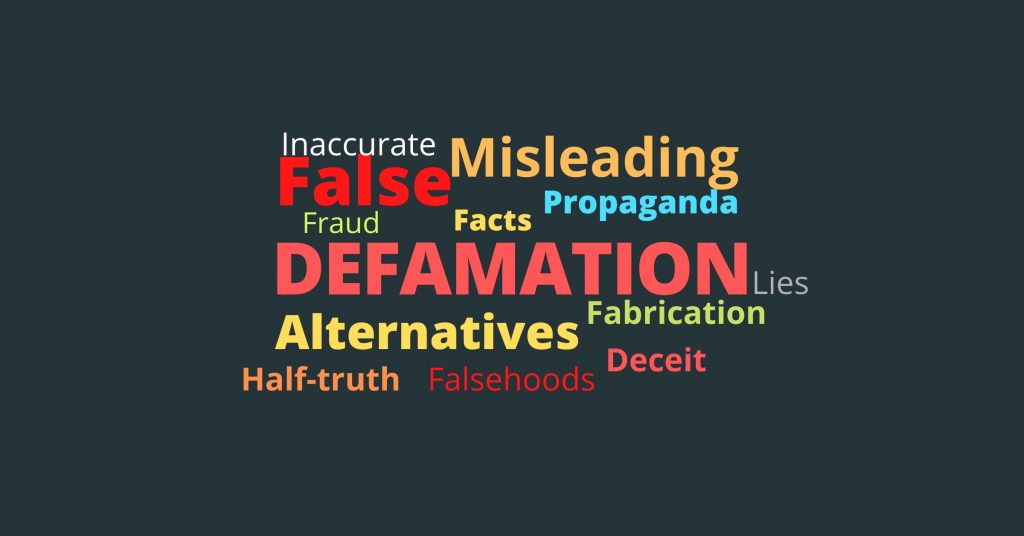Pet insurance is a healthcare policy for your pet that saves you from unexpected veterinary bills. This protects you from the danger of paying high veterinary bills- or worse conditions when you can’t afford the cost of surgery. When a sudden accident or illness does injure your pet, an insurance plan can be a lifesaver. However, all the pet insurance plans aren’t covering all types of illness, so you should evaluate and compare the best pet insurance plans for you before buying one of them. Below we will discuss the following question and provide the best guide for you.
- What is pet insurance?
- Why do you need pet insurance?
- What does pet insurance cover?
- How does pet insurance work?
- Is pet insurance worth the cost?
What is Pet Insurance?
Pet insurance (veterinary health insurance) helps to cover the high medical care fee to keep your pet healthy. Most importantly, the right pet insurance plan can give you priceless peace of mind. Pet insurance holders can go to the veterinary clinic confidently and ensure the right treatment for their pet without not to worry how much it costs.

Generally, insurance plans consider your pet’s age, existing health issues, and many other needs. You can insure for multiple pets. Though each pet can need a different plan, most insurers offer a discount on every additional pet that you purchase. If your pet is capable of allergies, undergoing an accident due to over-activity, or improving chronic conditions, plans can compensate thousands of dollars in costs.
Anyone who is the owner of a pet should consider pet insurance for their friends. In the normal sense, the proposal to avoid the monthly costs is likely to seem to tempt when your pet is still young and healthy, but you can never imagine what will happen in the future as they will grow older day by day. Some conditions may improve quickly and accidents happen as well.
Most of the pet insurance plans are issued for cats and dogs, as they are the most expensive to treat. However, only several providers cover birds, reptiles, and other types of pets.
Over time, pet insurance works like a human health insurance policy. You pay a monthly premium or fee to your providers for coverage. Besides, you also get a detailed narration of how much coverage you have and which conditions are covered in each instance. Coverage is normally computed for which you will be reimbursed by your providers, by a percentage of the cost of the treatment.
Why would you need pet insurance?
No matter how much you do care for your pet, there is always an ominous chance they can break a limb, or fall in an injury, get an illness or eat something that they shouldn’t. If your dog or cat is admitted to the hospital for a few days, the vet bills can increase gradually. Unless you have savings available to manage the bills, it can be very hard to come back to your pet to your home by providing the right treatment.
With pet insurance
- Paying a premium amount every month to continue coverage whether an accident or illness happens.
- Treatments can be fully or partially covered by your insurers.
Without pet insurance
- You have to pay for all medical treatment costs.
What Does Pet Insurance Cover?
Before buying an insurance plan, you must know what will cover it and what will not, as your pet insurance may not cover each condition that your pet has. Most of the pet insurance programs don’t cover pre-existing health conditions. However, some insurance companies cover remediable conditions after a particular waiting period if no symptoms repeat. Alternatively, you will get a few companies that cover pre-existing conditions.
Dissimilar from human health insurance, in pet insurance, there are no minimum coverage policies that control how pet insurance coverage must be encashed and marketed. Most of the pet insurance providers can offer authentic coverage for the most valuable health challenge, such as recovering from casualty and unexpected illness.
Types of coverage
Usually, Pet insurance coverage policy can be four types:
- Wellness policy
- Accident-only policy
- Accident-illness policy
- An accident-illness policy with wellness coverage.
| SL No | Types of insurance | Covered | Not covered |
|---|---|---|---|
| 1. | Wellness | Routine care, checkup, yearly vaccines | Accidents and injuries |
| 2. | Accident-only | Emergency treatment related to the accident | Illness, Pre-existing conditions, breed-specific issues |
| 3. | Accident-illness | Treatment & test for both accident and illness | Pre-existing conditions and routine care |
| 4. | Accident-illness with wellness | Cover all expected or unexpected treatments | Pre-existing conditions only |
The difference between the terms “accident” and “illness” might seem a little vague, but a huge difference has indeed. An accident happens when a pet is physically injured in the accident spot, which can result in fracture in bone or tendon, cuts, burns, and other physical damages. Insurance programs that cover illness will ensure medication for viral infections, hip dysplasia, parasites, along with tooth displacement in the time of dental diseases, in some cases.
A wellness coverage policy offers reimbursement for routine care, checkups, preventative care, as well as yearly vaccines, but not much else. These are normally sold as add-on features like other health insurance plans. This policy has no coverage for common injuries, accidents, or even emergency care for illness.
Accident-only policy ensures reimbursement only for emergency treatment related to accidents, for example, if your pet is hit by a car or injured by falling down from the staircase. This plan doesn’t cover illness and bed-specific issues.
The accident-illness policy ensures reimbursement for both accident and illness. This is the most perfect type of coverage that you can sign in without affixing a wellness policy. Additionally, it is a very well-known policy, as it represents around 98% of policy issued by the pet insurance companies. Though this policy won’t cover pre-existing conditions or preventative care, you may look forward to reimbursement for almost everything else.
Lastly, you can buy the number fourth policy, an accident-illness policy with wellness add-on. Though this is one of the costliest types of policy in the insurance market, it ensures the most extensive level of coverage. This policy only doesn’t cover the pre-existing conditions.
RELATED ARTICLE: What Is Car Insurance? And Why It Is Important?
How does Pet Insurance Works?
Insurance companies have a waiting period between when you purchase a policy and when illness coverage starts, to confine people from buying insurance when their pet is already in illness. The waiting period for the accident coverage is generally a few days. Before your overage kicks in to set up any pre-existing conditions, providers will claim your pet to check-up its health.

At first, you must pay out of pocket and then issue a claim for getting reimbursed by your pet insurance providers. After evaluating your claim, if approved, the providers either directly deposit your reimbursement money or provide a check in the mail. This process ordinarily consumes two or three working days. But it can take more time than a week either you claim more complicated or you get reimbursed money in the mail. Usually, your reimbursement relay on how your policy structured and the principal part is:
- Deductible: The rate you have to pay either per month or occasional before the insurance company pays. The ranges may be from $0to $1,000.
- Reimbursement level: After completing the deductible bill, the percentage of the bill that will be reimbursed by the insurance providers and naturally it can be 50% through 100%.
- Annual maximum: The annual maximum means the maximum funds provided by your insurers in a year for medical bills. Any charges included over the annual maximum will be paid out of pocket
Let’s imagine an example, your plan is $50 deductible, has a 100% reimbursement level, and the annual maximum is $15,000. If your pet is hit by a car and admitted into the hospital and ends in $16,000 of medical bills. At first, you have to pay $50, and the insurance company will reimburse you for $15,000 and you will be responsible for the rest of the charge ($950).
Is There Pet Insurance for Exotic Animals?
If you are the owner of a nontraditional pet, your pick of insurance providers might only be one or two. In truth, in 2020 among all policies in America dogs represented 82%, while cats considered for the remaining 18%, a survey is published in PawlicyAdvisor.com.
On the other hand, if you have a bird, iguana, or another else, visit Nationwide pet insurance, which is likely the largest and popular insurers for exotic animals.
Is Pet Insurance Worth the Cost?
Is pet insurance worth the cost? The answer is it depends on your pet’s health conditions, according to the well-respected consumer magazine report. For comparing costs, Consumer Report chooses three large insurance providers in the pet insurance market- Embrace, Healthy Paws, and Trupanion; and compared with the lifetime medical bills of Guinness, an around 12-years-old Labrador blend from Westchester Country, N.Y., as well as an almost nine years old mixed-breed cat from Fairfield County, Conn. After finalized the survey Consumer report found that only one policy could have paid out over the healthcare cost, for Freddie, who was relatively healthy. However, for Guinness (who was diagnosed with skin cancer) all three policies had been worth it.
On the other hand, in 2017 a report was published on the informational website ConsumersAdvocate.org that pet insurance for wellness policy isn’t worth the cost. The cost of routine care is normally insignificant, especially the early stage of your pet life along with the yearly insurance cost is more or less that you can look forward to paying directly to your veterinary doctor, according to the report.
Keep in mind that, not only pet insurance but also any insurance isn’t designed to make a profit apart from the insurer. You purchase an insurance plan to save you from unexpected events and you shouldn’t look forward to profit.
The Bottom Line
When something really occurs, an insurance plan is worth the cost that you have paid to your insurers. Either routine or comparatively petty problems, you’re likely better off keeping the monthly premium into the doggy or kitty emergency fund for paying the unexpected excessive vet bills. Our recommendation is that if you choose to buy a pet insurance plan for catastrophic care, select the maximum deductible if you have the capacity to afford it.

